World-leading climate scientists gather in Germany 18-23 September 2011 to present new research on how Earth’s land areas – forests, soils, permanently frozen regions, deserts, croplands and pastures – affect the global climate.
The major international 3rd iLEAPS Science Conference in Garmisch-Partenkirchen organised by
the Integrated Land Ecosystems-Atmosphere Process Study, will bring together 400 scientists to shed
new light on climate-change mitigation.
Conference organiser, Academy Professor Markku Kulmala from University of Helsinki, Finland said: “Humans have
commandeered over 75% of the Earth’s land outside of Greenland and Antarctica. How we manage this
land this century will be a major factor in whether we can stabilise global greenhouse gas
emissions.” The conference, to take place in the Bavarian town of Garmisch-Partenkirchen, will
outline the latest research to combat climate change.
Professor Munger and colleagues from Harvard University, USA, will discuss the value of mature
forests in storing carbon. Previous work suggests old forests stop growing so they have limited
value in removing excess carbon from the atmosphere. This would imply that policymakers should
focus on developing newer forests. But the new research to be presented at the conference suggests
we should not be so hasty. Contrary to what might be expected, Professor Munger and colleagues
found that the 100-year-old Harvard Forest in central Massachusetts has in fact speeded up its
carbon intake over the last two decades. This is primarily because of the increase in biodiversity
and structural complexity in the forest over time. “Continued carbon uptake by mature forests is an
important benefit to society. We can ensure that old forests continue to take up carbon if we
develop policy and management practices that allow these forests to grow undisturbed”, Professor
Munger concludes.
Other researchers are focusing on how soil affects climate and have found intriguing links
between soil moisture and rainfall. Different soil types (sand, clay, silt) and their ability to
retain water can have a significant effect on the occurrence of rainfall and heat waves. “Changes
in soil type can change mean summer temperature by about 2°C because of changes in evaporation
rates. Similarly, mean summer precipitation can change by over 20% because of changes in water
vapour input into the atmosphere”, saysBenoît Guillod, a Swiss soil-atmosphere researcher from ETH Zürich.
Also in the Sahel region in West Africa, satellite observations demonstrate that brief changes
in soil moisture over areas of just tens of kilometres can influence storm generation. According toDr Chris Taylor from the UK's Centre for Ecology & Hydrology, the monsoon can arrive
abruptly in the Sahel. The relative timing of planting and the start of the wet season can mean the
difference between a good crop and no crop at all. “Soil types change over time. For instance,
deforestation removes organic matter from the soil and, in the long term, can change the soil type
substantially and affect storm and rainfall patterns”, he said.
Borderless science panel discussion
An International Panel gathers on Monday, 19 September 2011 immediately after the opening
keynote session to discuss “Borderless Science” and the new directions in land-atmosphere research.
The Panel Discussion in proceeded by an introduction by the Panel ModeratorProf. Pavel Kabat, the chair of International Science Panel of GEWEX (Global Energy and Water
Experiment), a core project of World Climate Research Programme (WCRP). The panel members include
representatives from NASA, European research and funding organisations, and universities around the
world.
More information:
http://www.ileaps.org/science_conf_2011/
or
tanja.suni@helsinki.fi
15 Sep 2011
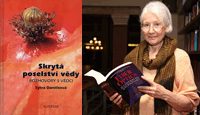

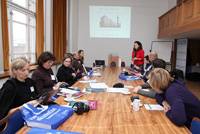
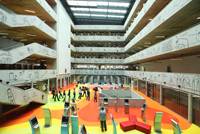
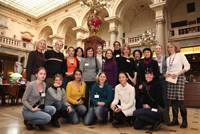
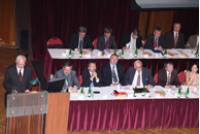

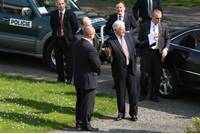
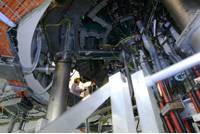
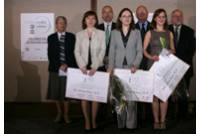
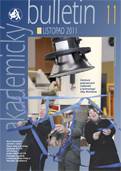

 Česky
Česky
